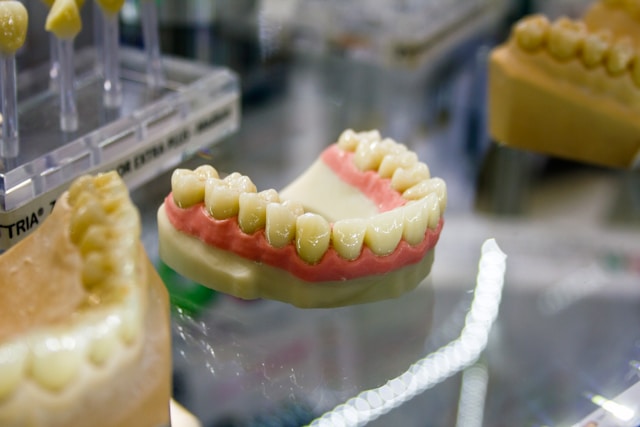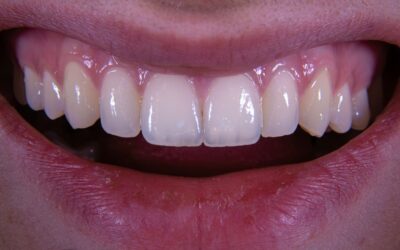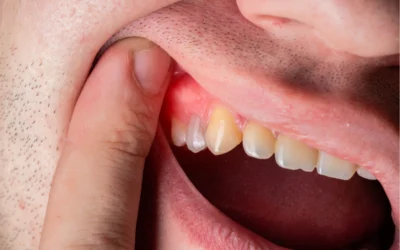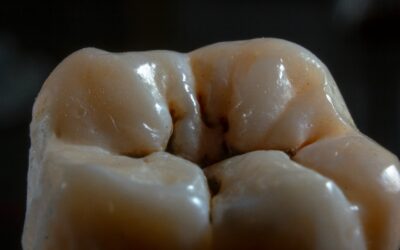White Tooth Fillings
The Fastest Way to Restore Damaged, Decaying & Displeasing Teeth



The White Filling Treatment Process
If you’re considering white fillings, you can rest assured the procedure is straightforward and comfortable. The treatment is completely safe with little to no negative after effects apart from the occasional bit of sensitivity, however this is temporary. So have no concerns are our experienced team will guide you through every step:
Initial consultation – We’ll assess your teeth and discuss the treatment, answering any questions you may have.
Preparing the tooth – Any decay or damaged material is carefully removed, and the tooth is gently cleaned.
Applying the filling – The composite resin is applied in layers and shaped to fit your tooth perfectly. Each layer is then hardened using a special light.
Finishing touches – Once the filling is in place, it is polished to create a smooth, natural finish.
We take great care to ensure the process is as gentle and stress-free as possible, so achieving your new smile is as easy as possible. Your comfort is our priority here at Cheslyn Hay Dental Practice – so don’t hesitate to get in contact now to learn more or get your treatment booked in.
How Long Do White Fillings Last?
With proper care, white dental fillings can last many years, making them one of the most durable tooth restoration treatments currently available. On average, you can expect your filling to last anywhere from 5 to 10 years. There are a number of factors that may impact this though including the size and location of the fillings, your oral hygiene habits, your diet and general lifestyle (e.g. teeth grinding, smoking and regular consumption of stain-likely food and drink) and orthodontics.
White Fillings vs Silver Fillings
When deciding on the best treatment for cavities or tooth restoration, many patients wonder how white fillings compare to traditional silver (amalgam) fillings. Below, we outline the key differences to help you make an informed choice:
Appearance
White fillings: Made from tooth-coloured composite resin, these fillings blend seamlessly with your natural teeth, making them ideal for visible areas.
Silver fillings: Made from a metal alloy, these are noticeable and can darken over time, which may impact the appearance of your smile.
Durability
White fillings: While durable, they are slightly less robust than silver fillings for large restorations in areas under significant chewing pressure. However, modern composites have improved considerably in strength and reliability.
Silver fillings: Known for their durability, silver fillings are better suited for larger cavities in back teeth where heavy chewing occurs.
Tooth Preservation
White fillings: Require less removal of healthy tooth structure, preserving more of your natural tooth. The composite material bonds directly to the tooth, providing added support.
Silver fillings: Require more removal of the natural tooth during preparation, which can weaken the tooth over time.
Safety and Materials
White fillings: Free from mercury, making them a preferred option for those seeking a more biocompatible solution.
Silver fillings: Contain mercury as part of the alloy, which has led some patients to seek alternative options.
Longevity
White fillings: Typically last 5–10 years with proper care. Advances in materials now offer improved durability.
Silver fillings: Often last longer, up to 15 years or more, but their appearance can deteriorate over time.
Staining
White fillings: Prone to staining from foods, drinks, or smoking, but their colour can often be refreshed with polishing.
Silver fillings: Do not stain but can cause the surrounding tooth to darken over time.
WHAT OUR LOVELY CLIENTS SAY…
Further Reading on Tooth Fillings
Take a look at our articles on tooth fillings to see how this common treatment helps restore teeth and maintain everyday oral health. They provide useful information so you can feel more comfortable about what fillings involve and when they may be needed.
A toothache that flares up the moment your head hits the pillow can make sleep impossible. Night-time...
All dental practitioners will agree that missing your routine check-up appointment is detrimental to your...
White spots on teeth can be just as concerning as dark spots, especially when they appear prominently on...
Noticing blood in the sink after brushing your teeth can be alarming, especially if it happens regularly....
Toothache can be one of the worst types of pain to manage day-to-day, making it hard to eat, sleep or focus....
Noticing your gums receding can be a cause for concern, in more ways than one. Left untreated, as the margin...
Seeing black spots on your teeth can be worrying, especially when they appear suddenly or in visible places...
A bright, white smile is something many people strive for. With so many home remedies and over-the-counter...
When it comes to dental fillings, patients often wonder whether white fillings (composite resin) are better...
Book An Appointment For Private Dental Care in Cannock
"*" indicates required fields













